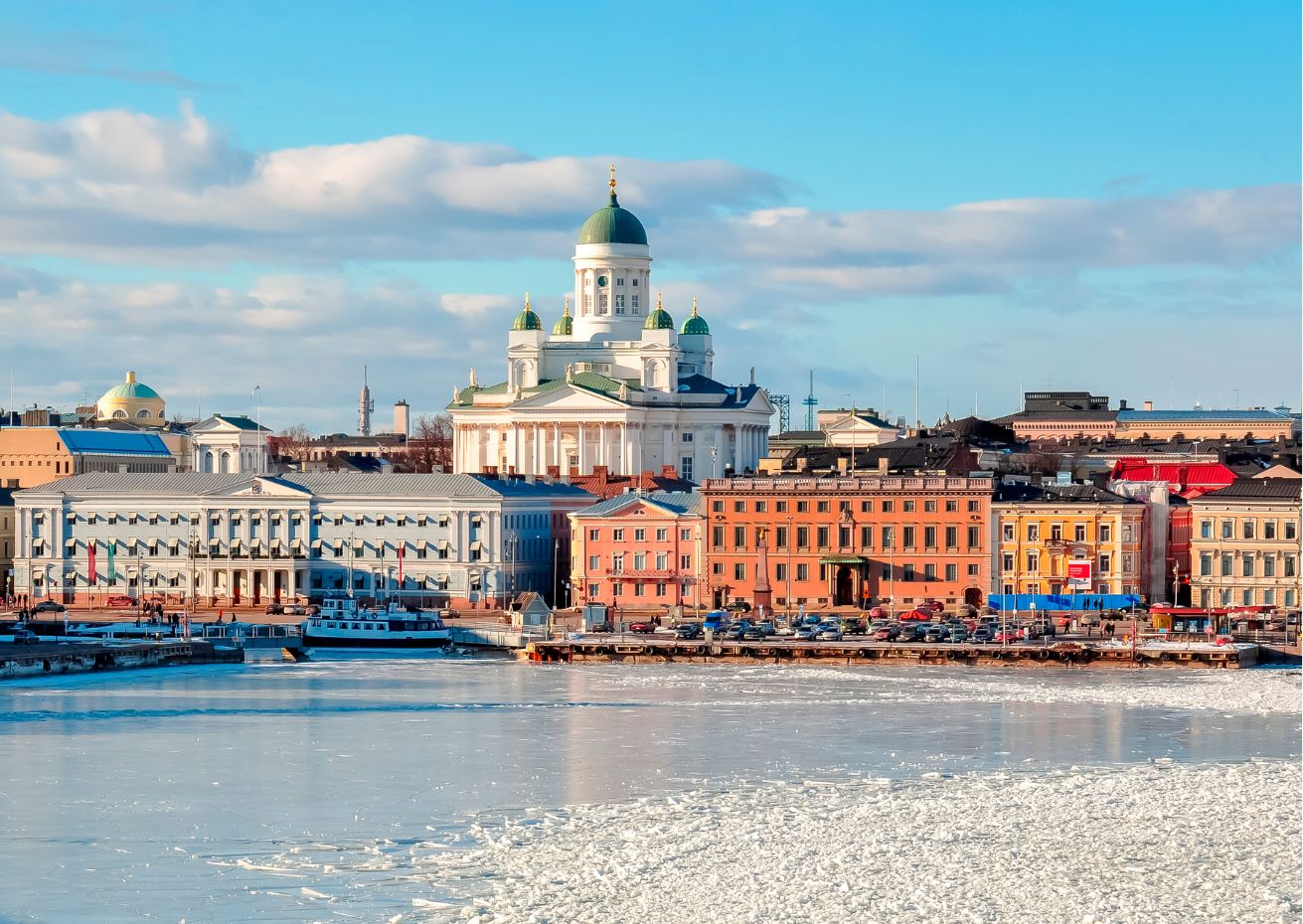Finland’s last coal-fired power plant has now closed for good

In a landmark moment for clean energy, Finland has officially turned off the lights at its last coal-fired power plant, leaving coal in the dust years ahead of schedule. The closure of the Salmisaari facility in central Helsinki marks the end of a carbon-heavy chapter in the country’s history and the beginning of a bold wind-powered future.
Once a symbol of industrial energy production, the Salmisaari plant had become Finland’s last coal-burning holdout. Its chimneys, once billowing with smoke, now stand silent. But this is no loss. It is a leap forward.
Coal use in Finland has plummeted in recent years, replaced by a rapid surge in renewable power. Since 2020, the country has doubled its wind energy capacity, transforming how it powers homes, cities, and industry. Like the United Kingdom, which phased out coal last year, Finland is showing that an economy can thrive without fossil fuels and even grow stronger.
This transition is not just about clean air. It is about energy independence and economic momentum. Wind power, once a niche supplement, is now driving Finland’s growth. A recent report from the Confederation of Finnish Industries called it the biggest enabler of Finland’s economic growth, underscoring just how central renewables have become.
Finland has shown what is possible when clear political signals are matched with rapid investments in renewable power, said Cyrille Cormier of Beyond Fossil Fuels, a campaign group. Wind alone has more than covered the gap left by coal and fossil gas, proving that renewable energy can be scaled fast, particularly when government policy creates the right conditions.
Finland’s coal exit is more than a climate win. It is a model for the world. With the right mix of ambition, policy, and innovation, clean energy does not have to be a dream of the future. It can power the present.
Photo by Vladislav Zolotov from Getty Images Pro
